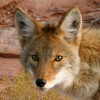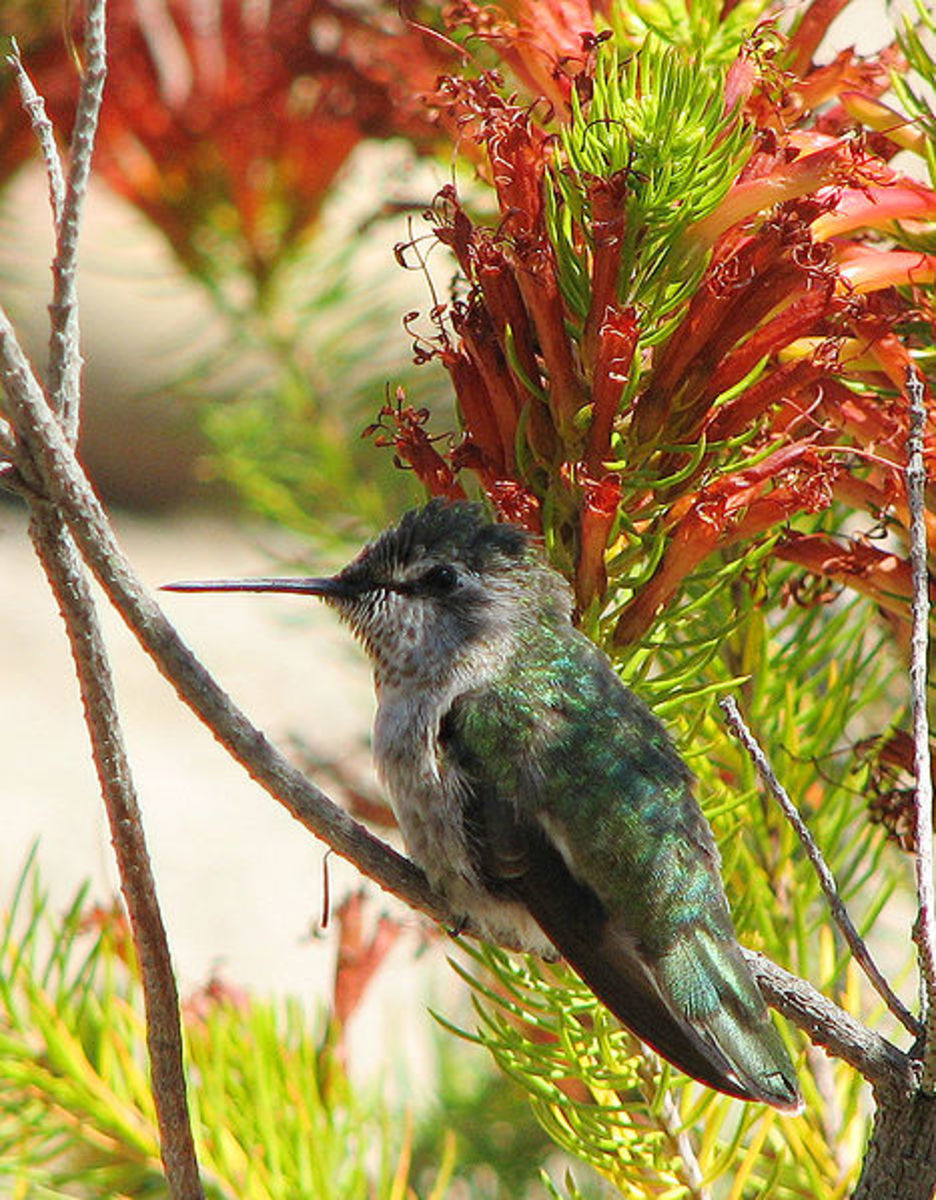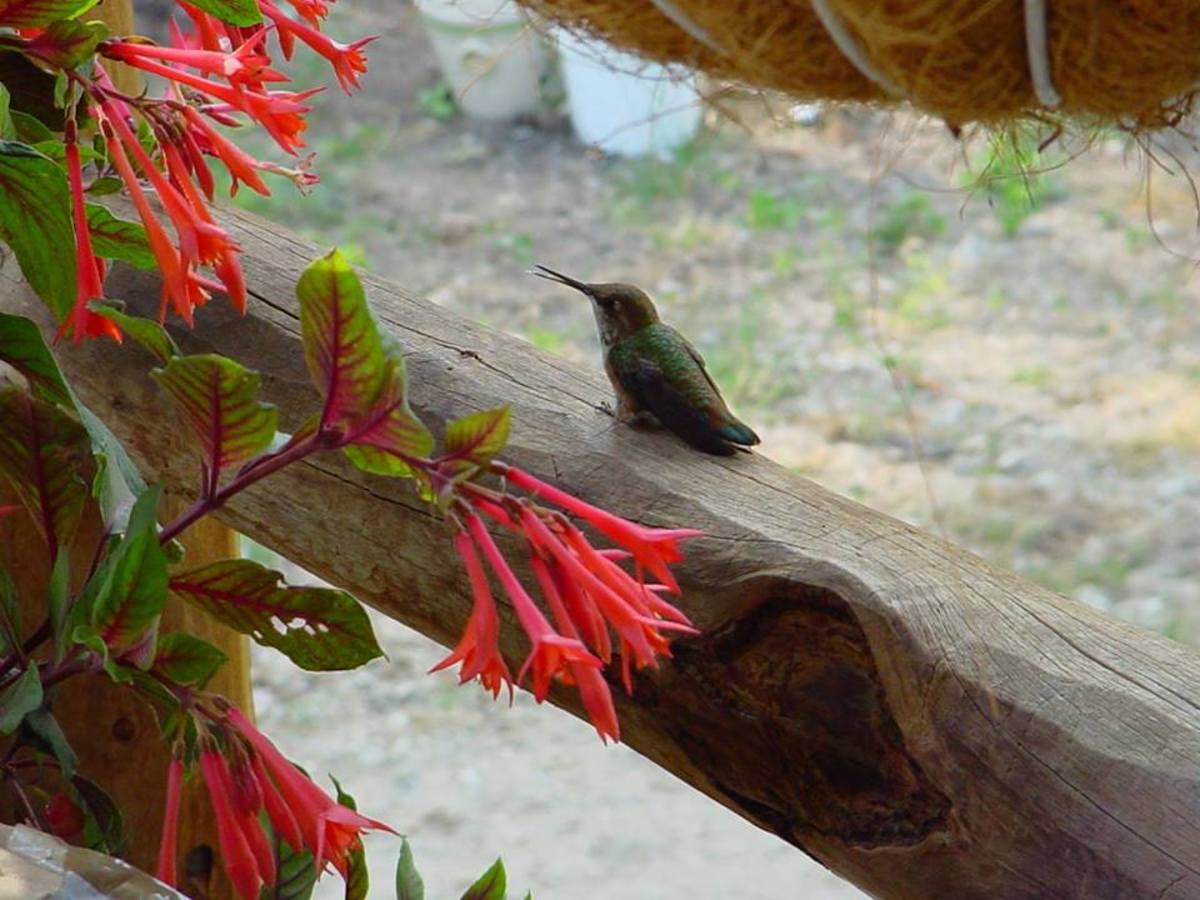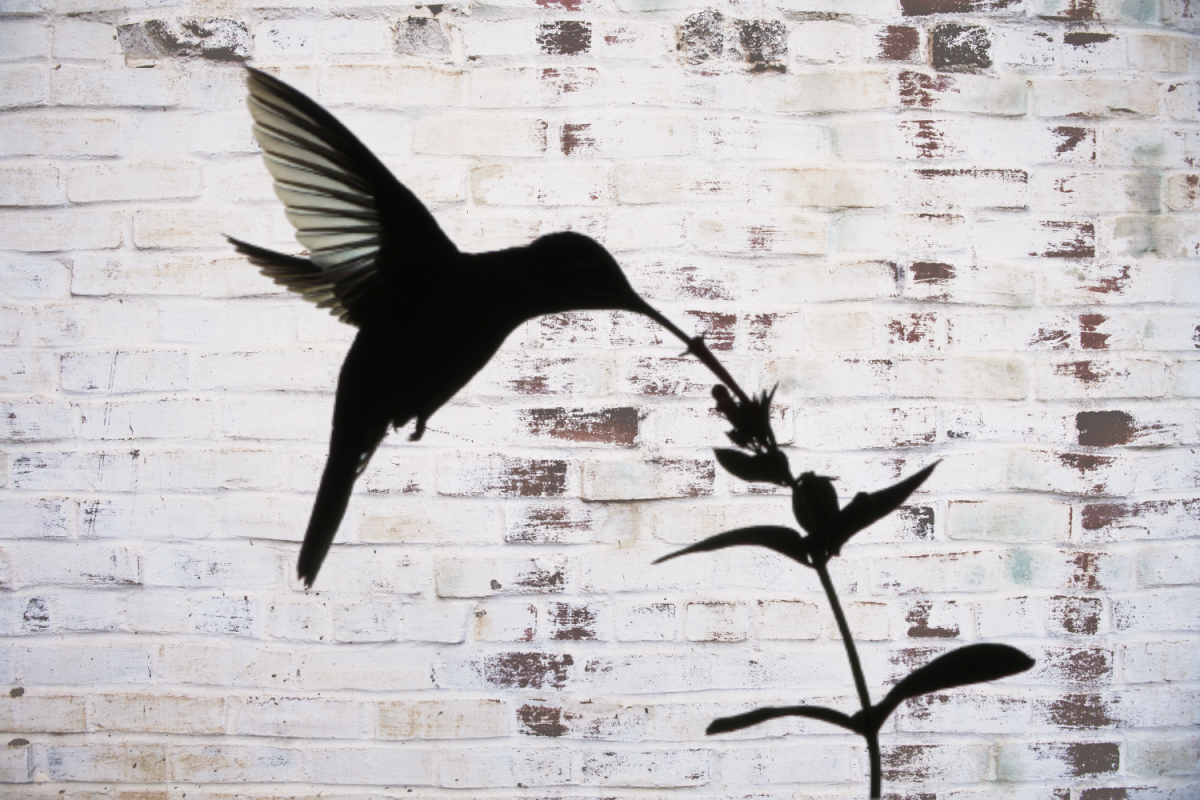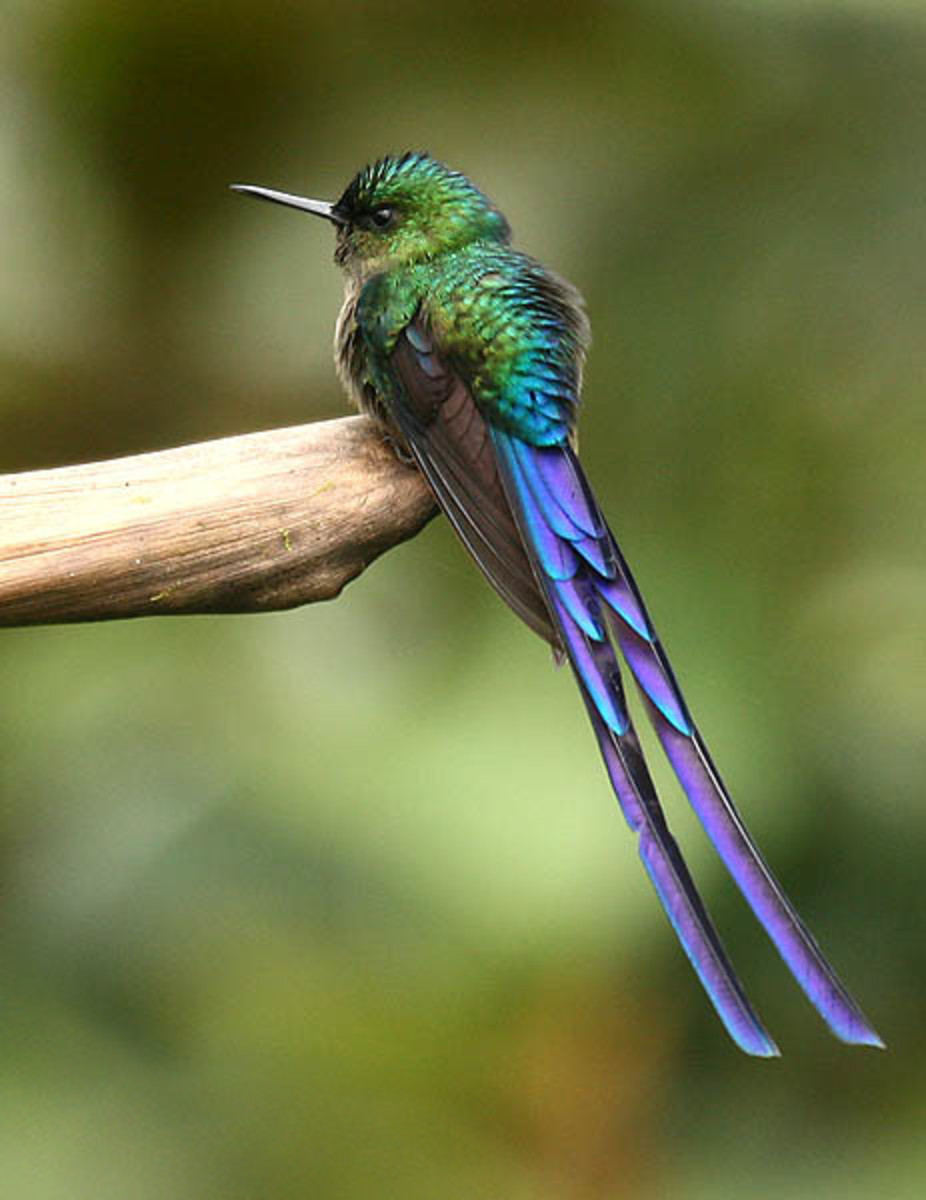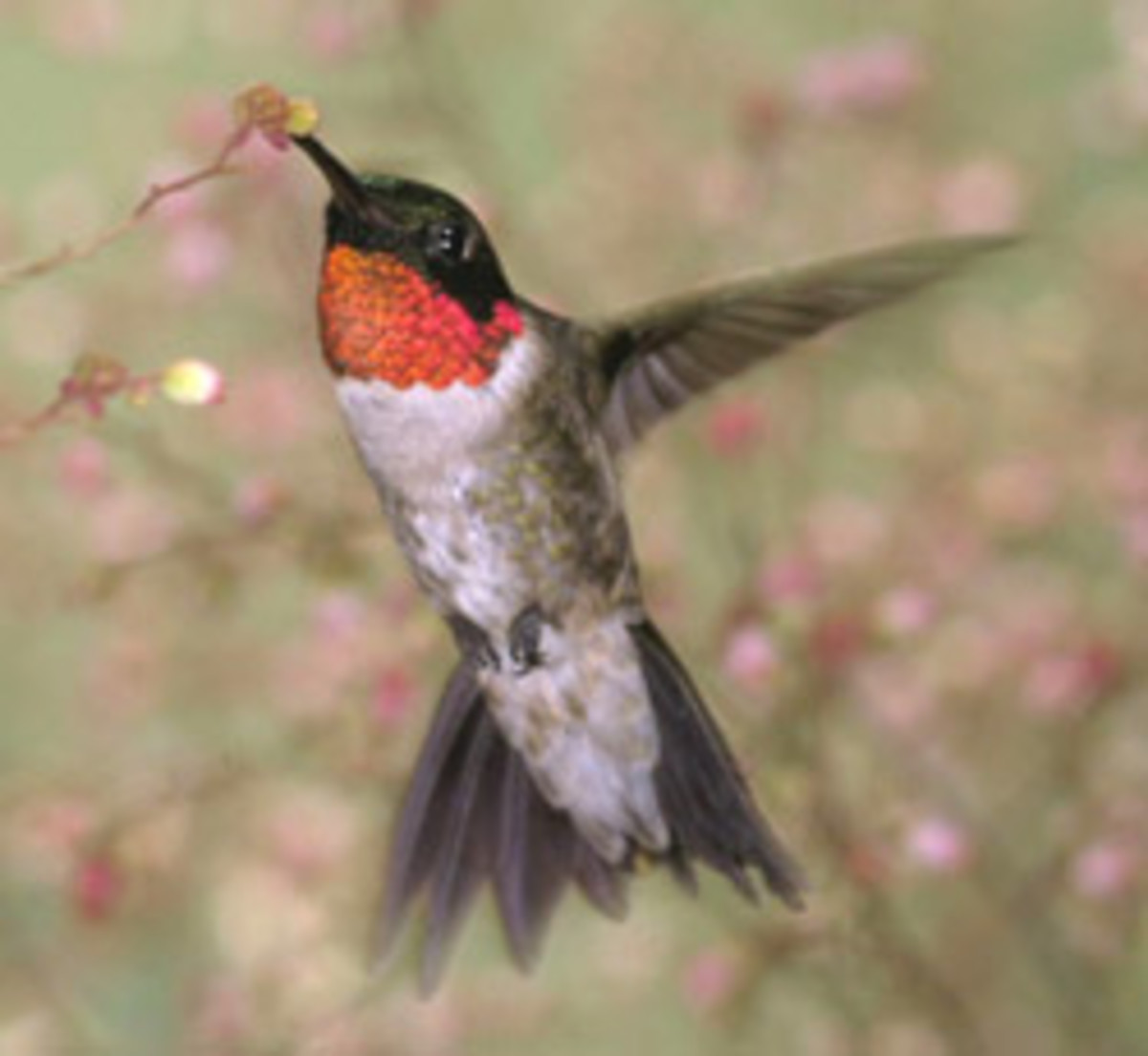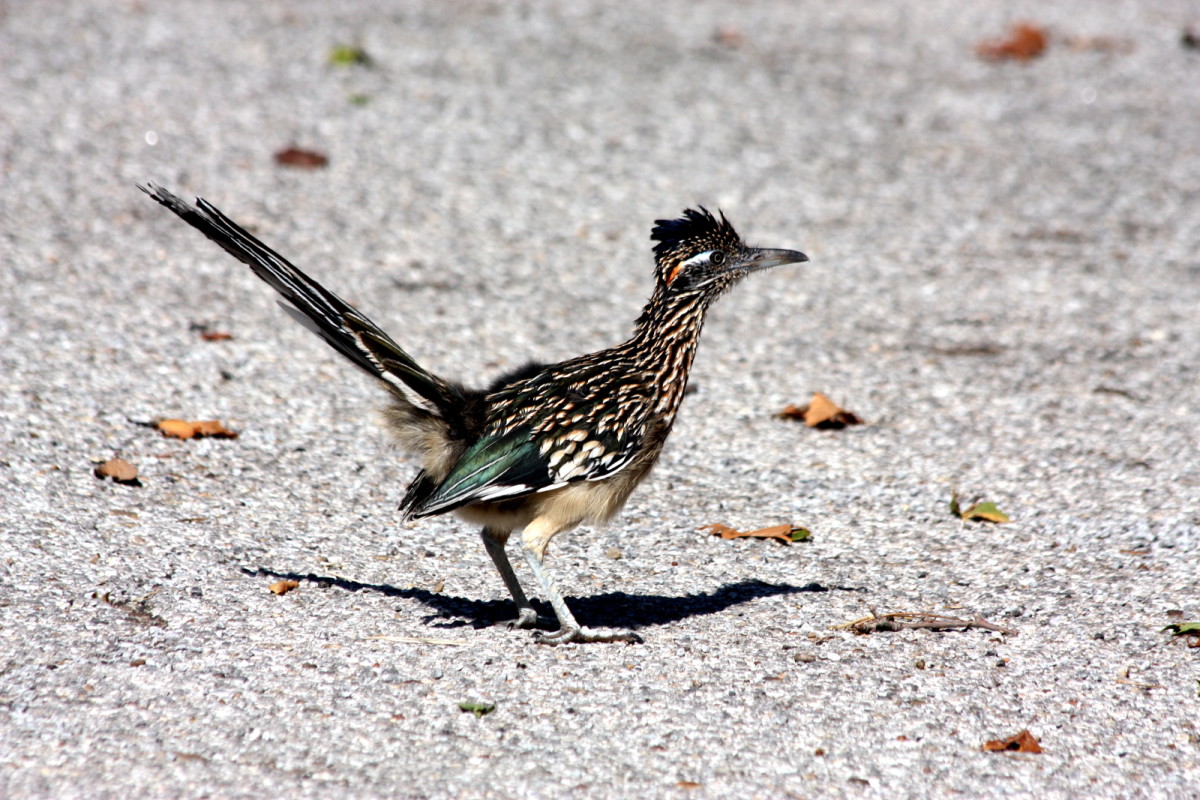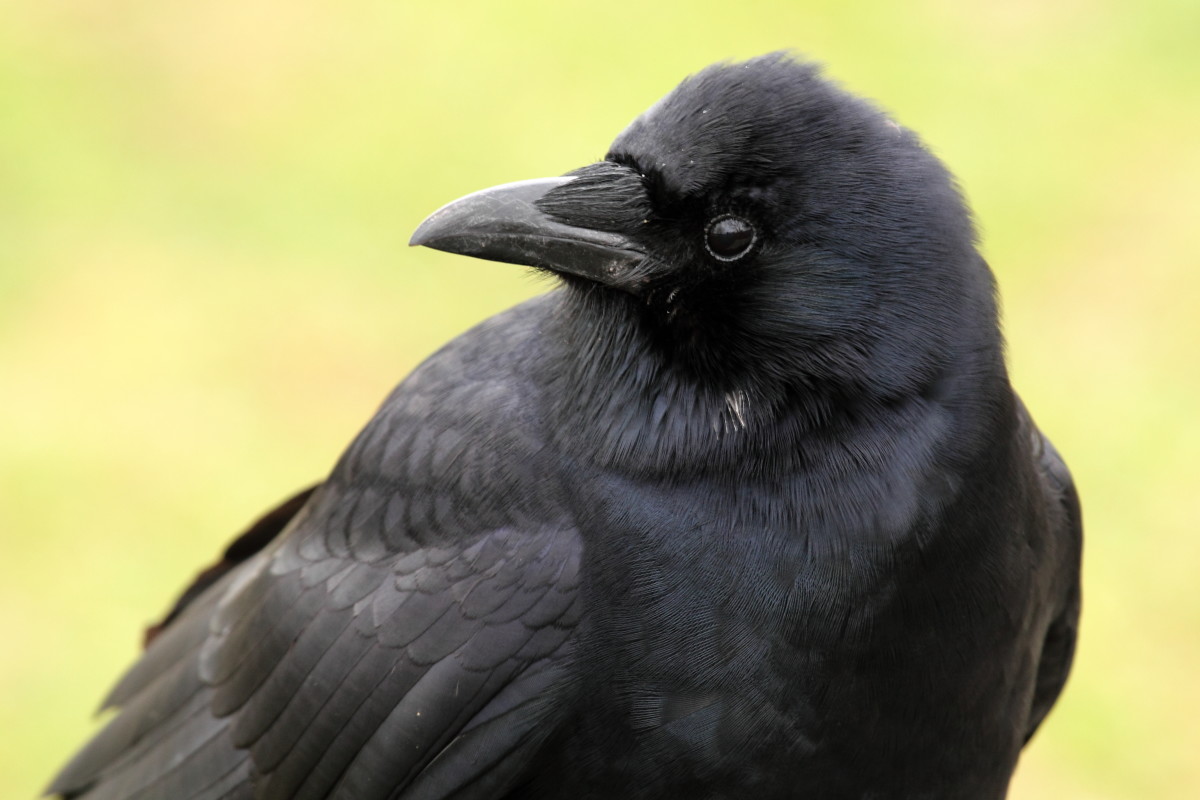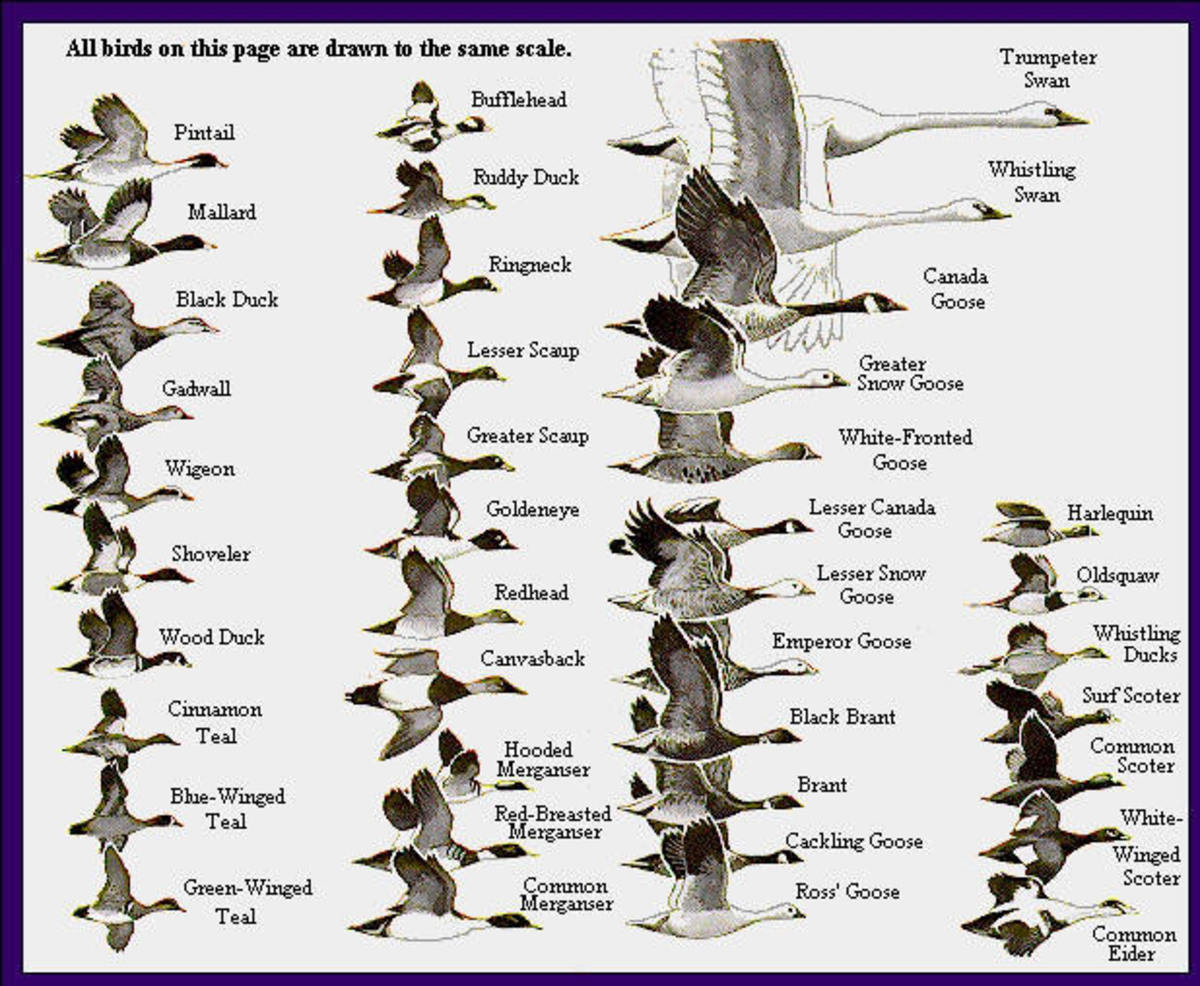Hummingbirds: Natures own helecopter
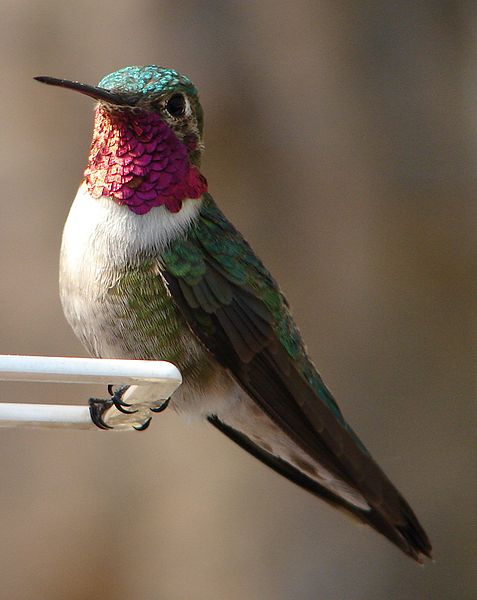
The amazing hummingbird
Hummingbirds are amazing little creatures that are fun to watch. They have special wings that allow them to hover or fly in one place.
The reason hummingbirds can fly in one place is because their wings are flexible at the shoulder, but inflexible at the wrist. They can rotate their wings in a circle and are the only birds that can fly forwards, backwards, up, down, sideways and hover in one place. When hovering, hummingbirds hold their bodies upright and flap their wings horizontally in a shallow figure-8. As the wings swing back they actually turn upside down. When the wing goes forward it lifts, but as it moves back it pushes down.
Since most hummingbirds flap their wings about 50 or so times a second, the combination of lift and downward thrust holds the bird in one place, allowing it to hover as it feeds on nectar from flowers.
FUN FACT
The hummingbird gets it’s name from the sound they make when flying. This humming noise is caused by the rapid beating of their wings. The wings move so fast that all we can see is a blur.
Super slow motion of hummingbird wings in flight
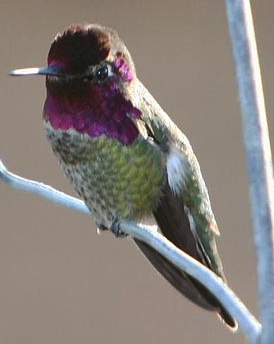
Hummingbirds don’t use their feet and legs for much more than perching. They won’t even walk a couple of inches along a branch.
As you can see in this picture their feet are very small, even for a bird as tiny as they are.
Even though they fly very fast, they can stop or turn very quickly. They are so light weight that they don’t build up much momentum.
To see how this works, hold a golfball six inches above your hand. Drop it and catch it. Now do the same thing with a ping pong ball.
Even though they travel at the same speed, the golfball hits your hand much harder than the ping pong ball. This is because the ping pong ball doesn’t weigh as much, so it doesn’t build as much momentum, just like a hummingbird.
The long and short of hummingbirds
The biggest hummingbird is appropriately named the Giant Hummingbird. Even so, it’s still not very big. The Giant Hummingbird grows to about eight inches, or the size of a robin.
The smallest of all birds is the Bee Hummingbird. These tiny birds are native to Cuba and only weigh two grams. They are only about 2.25 inches long, not much larger than a bee.
Ruby throated hummingbird
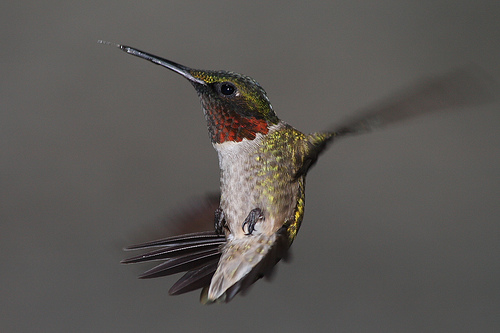
Hummingbird migration
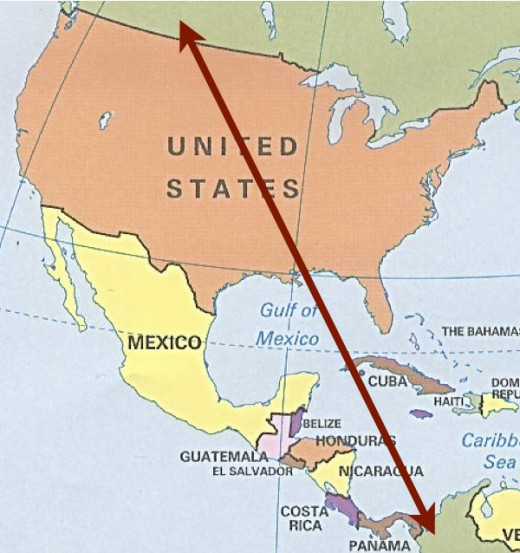
Hummingbird Migration
Although hummingbirds are small, they aren’t afraid to travel long distances. Most of the North American Hummingbirds migrate. The ones that go the farthest are the Rufous and the Ruby-throated. They may make trips to destinations which are as far as 2,000 miles away.
The Ruby-throated hummingbird shown above is about 3 1/2 inches long. These tiny birds spend their summers as far north as Canada and migrate to Mexico and even Panama every fall to spend the winter. Before leaving it eats a great deal and builds up a large fat supply to convert into energy as it makes the long journey.
Hummingbirds don’t usually fly at night (most other migrating birds do.) Because they have such a high metabolism they need to stop regularly to eat.
Even after traveling thousands of miles, when hummingbirds return to their northern homes in the spring, they often find their way back to the same place they left months earlier.
What do hummingbirds eat?
Hummingbirds have a high metabolism. This means that their breathing and heart rate are very fast. A hummingbird’s heart can beat up to 1,200 times a minute when it’s flying. Because of this, they need to eat a lot. A major part of a hummingbird's diet is sugar from nectar. Nectar is a sweet fluid produced by flowers. This diet provides a lot of energy, but not very much protein.
Hummingbirds need protein to build and maintain healthy muscles. They get protein by eating insects and spiders.
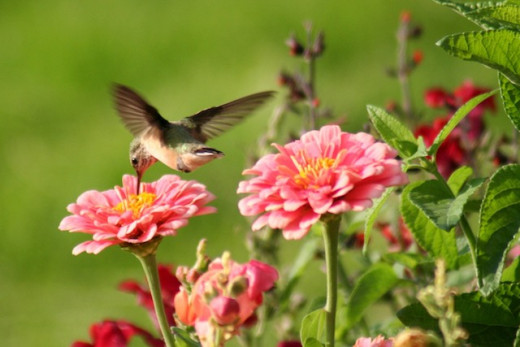
Flowers and hummingbirds both benefit from their relationship. The birds get food and transfer pollen from one flower to another, pollinating the flower so it can produce new seeds.
Hummingbird bills are long and tapered, perfectly suited for probing into the center of tubular flowers for the nectar. A hummingbird’s tongue can flick in and out 13 times a second while feeding on nectar.
Activity Eat like a hummingbird
Even though hummingbirds are very small, they’re really big eaters. Most hummingbirds will eat as much as 2/3 of their body weight every day.
If you were a hummingbird, how much food would you need to eat every day?
1.) Weigh yourself on a scale
2.) Divide your weight by three.
3.) Multiply that number by two.
If you weigh 60 pounds, divide that by three to get 20 pounds, multiply by two and get 40 pounds. That’s how much food you would eat every day if you were a hummingbird that weighed 60 pounds. That's a lot of grilled cheese sandwiches.
Fast in more ways than one
Usually animals that are small and have high metabolisms have short life spans. Hummingbirds may have the longest life span of any critter its size. As with most animals, many young hummingbirds die during their first year of life. The time between hatching from their eggs and leaving the nest is usually when most young birds die.
Birds that survive the first year can live as long as ten years. Most of the more common North American species have an average lifespan of 3 to 5 years. The oldest known hummingbird was banded when it was at least one year old then recaptured 11 years later, making her at least 12 years old.
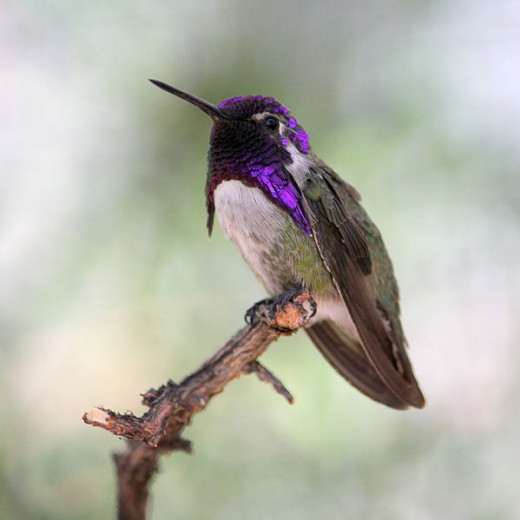
Beautiful bibs
The colorful feathers around a hummingbird’s throat are called a gorget. These feathers are often iridescent. This means they reflect different colors of light and appear to shine. The gorget on this Costa’s hummingbird are a beautiful purple color in this picture.
Only the ends of these feathers, about one third of the total length, are modified for iridescence. Because the feathers overlap, it appears that there is a solid bib of shining feathers. the close overlapping of the feathers generates the unbroken color effect.
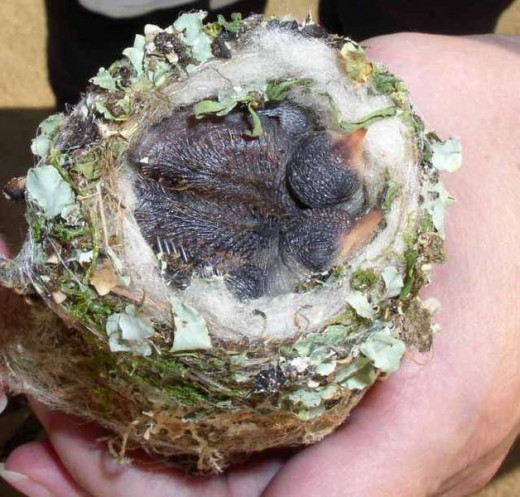
Tiny birds, tiny nests
Most hummingbird species build cup-shaped nests on the branch of a tree or shrub. The nest varies in size, some can be smaller than half a walnut shell. Many hummingbirds use spider web silk to tie the nest material together and anchor it to branches. The spider silk is very strong for it’s size and it allows the nest to expand with the baby birds.
Usually two white jelly bean sized eggs are laid. The mother hummingbird will sit on the eggs for 12 to 19 days before they hatch. The mother feeds the nestlings on small spiders, other insects and nectar by inserting her bill into the open mouth of a nestling and regurgitating the food into its crop.
As far as is known, male hummingbirds do not take part in nesting.
No trespassing
Hummingbirds are territorial. Each bird picks an area that belongs to it. Any other hummingbird that comes into that territory will probably end up in a fight.
These tiny warriors will use their beaks and feet to try driving any competition away.
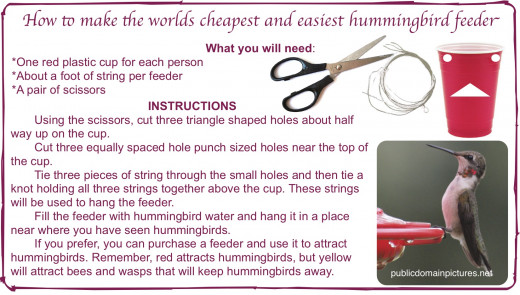
Hummingbird water recipe
The solution that is closest to natural nectar is 1 part sugar to 4 parts water.
Boil the water first to kill any harmful bacteria. Let the water cool down a little and then stir in the sugar, making sure it is totally disolved. Some people add red food coloring, but this isn’t necessary and some dye can be harmful to hummingbirds. Store any left over solution in the refrigerator.
Make your yard hummingbird friendly
Plants that attract hummingbirds
| ||
|---|---|---|
Bee Balm
| Butterfly Weed
| Bleeding Heart
|
Columbine
| Coral Bells
| Day Lily
|
Delphinium
| Fireweed
| Hollyhock
|
Lilac
| Nasturtiums
| Morning Glory
|
Snap Dragon
| Zinnia
| Trumpet Vine
|
